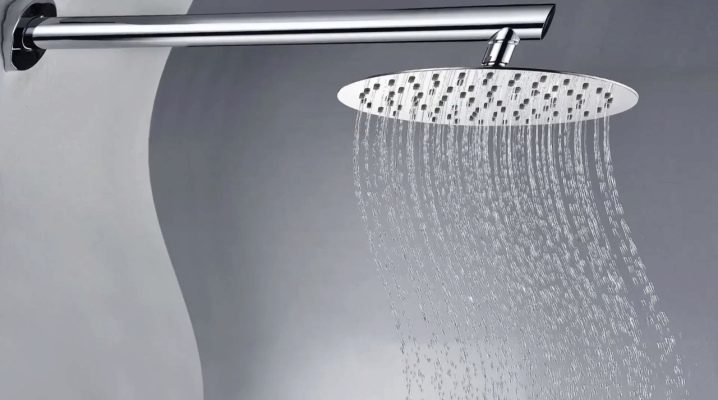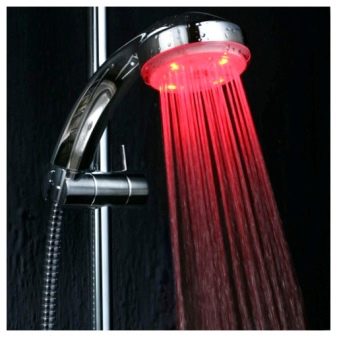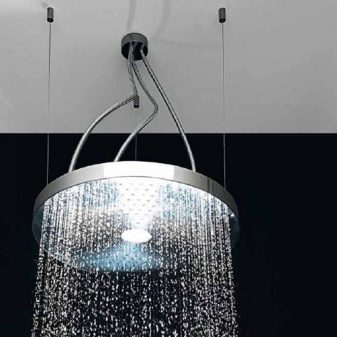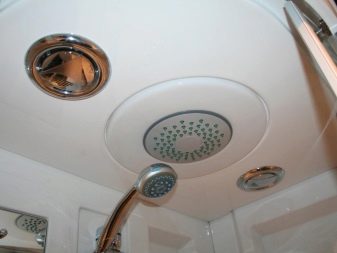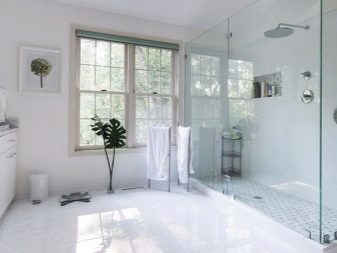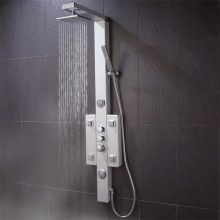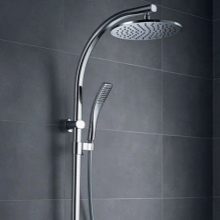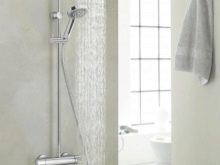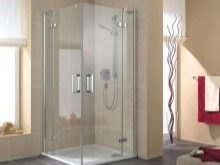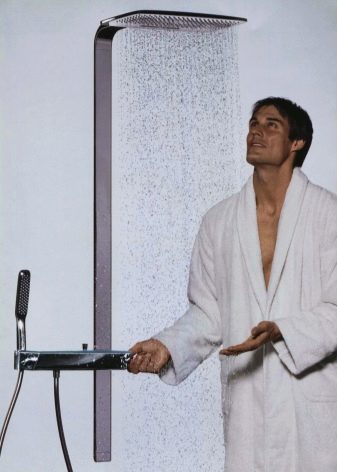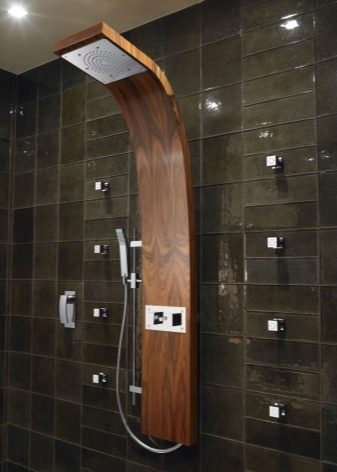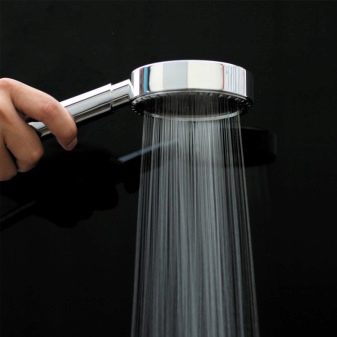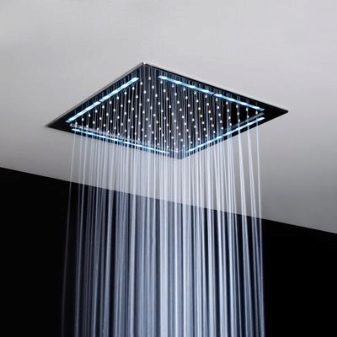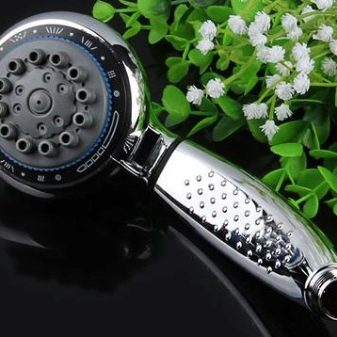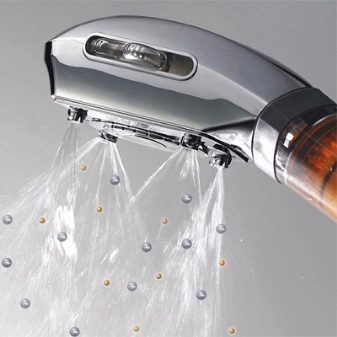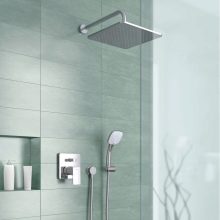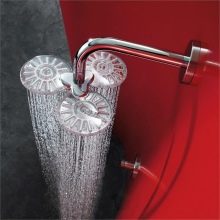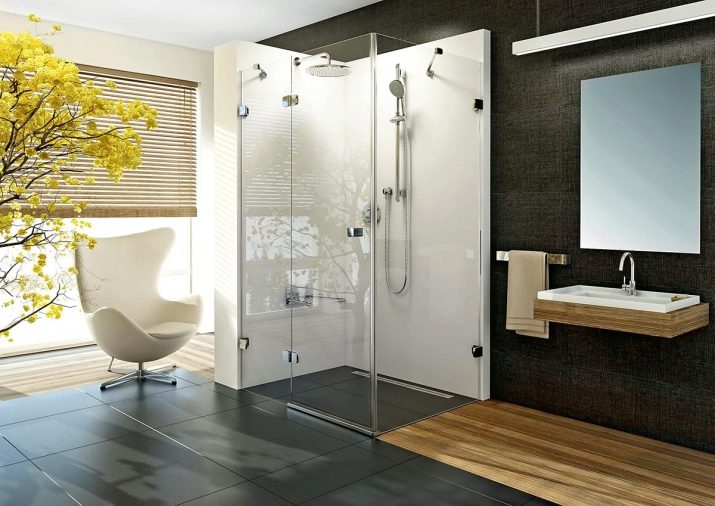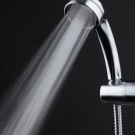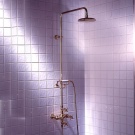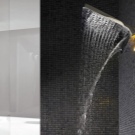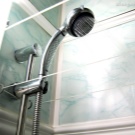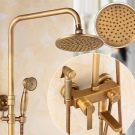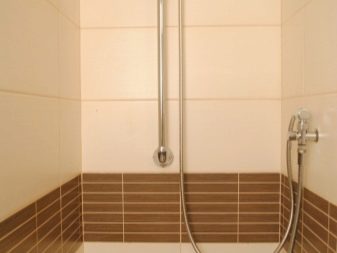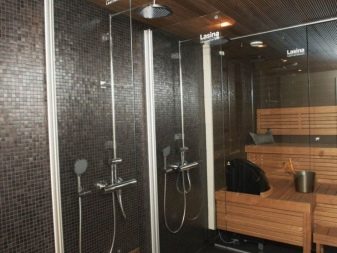Shower Heads: Model Options and Design Differences
It is impossible to imagine a modern shower or bathroom without the necessary element - a watering can. Variants of produced watering cans surprise with a variety of shapes, functions and sizes. In addition, modern models are quite functional. To replace them, there is no need to change the entire kit: it is enough to change the watering can itself. Provides for the use of various fastenings for the huts to the wall with the possibility of rotation of the structure in different directions.
Types and designs
Watering can or shower nozzle is used to divide the flow of water into a large number of smaller jets, which is its main purpose. The types of watering can be distinguished options with a flexible hose and a fixed structure of the water supply.The length of the flexible hose is from 150 to 200 mm. In some designs it is possible to use even longer hoses. The height of the fixed structures for the supply of water to the shower nozzle is from 150 to 250 mm.
Different designs and holders for the huts. Here we can distinguish three main types: top, side and ceiling mounts. The holder itself, as a rule, is made in a form that allows for easy removal of the watering can, if necessary. The watering cans used in showers provide a change in the direction of water flow, the number of jets, temperature and pressure.
The nozzle itself can be rotated in different directions, removed from the mount, providing maximum comfort.
It is additionally protected from blockages and deposits that appear when using hard water. In addition, it is designed for easy cleaning during operation. The release of water, speed and pressure is regulated in shower heads in various ways by shutting off the main flow.
The watering cans currently produced vary in a wide variety of sizes. If the size of the shower head is small, the outlet water flow will be high pressure.If a large watering can is used, a larger number of jets are produced at the outlet, and the pressure is less, the water flow is softer. A version of the shower head called “tropical shower” is available with sizes ranging from 150 to 200 mm.
Different shapes and manufacture of watering cans, which can be a traditional round with a handle or a wall-mounted shower stall. Mostly use round, oval, square and triangular options. Separately, you can select suspended structures with hot and cold water supply. A large number of watering cans are produced with different light and color illumination of outgoing water jets. It does not require connection to a separate power source, since the electricity for the LEDs is generated by a generator built into the shower head, working by flowing a stream of water.
Structurally, the options with the supply of one or more water streams to the watering can differ. In the first case, one hose with a water flow of the finished temperature fits the nozzle. In the second case, hot and cold water is supplied separately; they are mixed already in the watering can itself.In such constructions, a mode is usually provided with a supply at the outlet of water jets with different temperatures (cold and hot) for the implementation of a temperature massage. Recently, designs have appeared using minerals (shungira, tourmaline or germanium) inside shower heads.
As manufacturers say, passing through them, the water is partially purified from chlorine, softens, is saturated with ions with a negative charge, which contributes to the improvement of the body.
Modes of operation
In addition to dividing the flow of water into a large number of jets, modern shower heads for showers provide many possible modes of operation. Let's designate the main ones.
- Soft mode (the watering can has a large surface, a large number of thin jets is created, this mode is soft and pleasant for the body).
- Tropical rain (tougher mode, created by a large number of outgoing jets).
- One jet (without splashing, used for dousing).
- Hydro massage mode (created by powerful swirling streams of water, obtained using a special mechanism).
- Water dust (created by finely spraying a large number of thin water jets).
In addition, they produce options that allow saturating the flow of water with a large number of air bubbles, combining outgoing flows of water in various directions, combining all possible options.
Recently, watering canals are gaining popularity, saving water consumption by up to 30% due to the built-in valve for manual control. This valve only works when you press it with your hand. He gives a strong pressure of water. The rest of the time, water flows in a weak stream through narrow-sized holes (this is how its consumption decreases).
Materials
Depending on the materials used, watering can vary in price, reliability and durability of use. For example, plastic watering cans are lightweight, a large number of colors, do not rust. But plastic structures with a small load may break or deform. This often happens even with a simple twisting of the thread.
The currently used metallized plastic has an attractive appearance, but has the same drawbacks as an ordinary plastic construction.
Silumin products do not rust, they are tough, they are not deformed, but at the same time they are quite fragile. When they are attached, damage in the area of the thread, accompanied by cracks, is possible. Currently, the most robust, reliable and durable remain watering cans, made of steel, copper or brass. They have a higher cost, higher reliability when used. Long-term service more than compensates for capital investment.
See the video below for the installation of a designer shower head.
